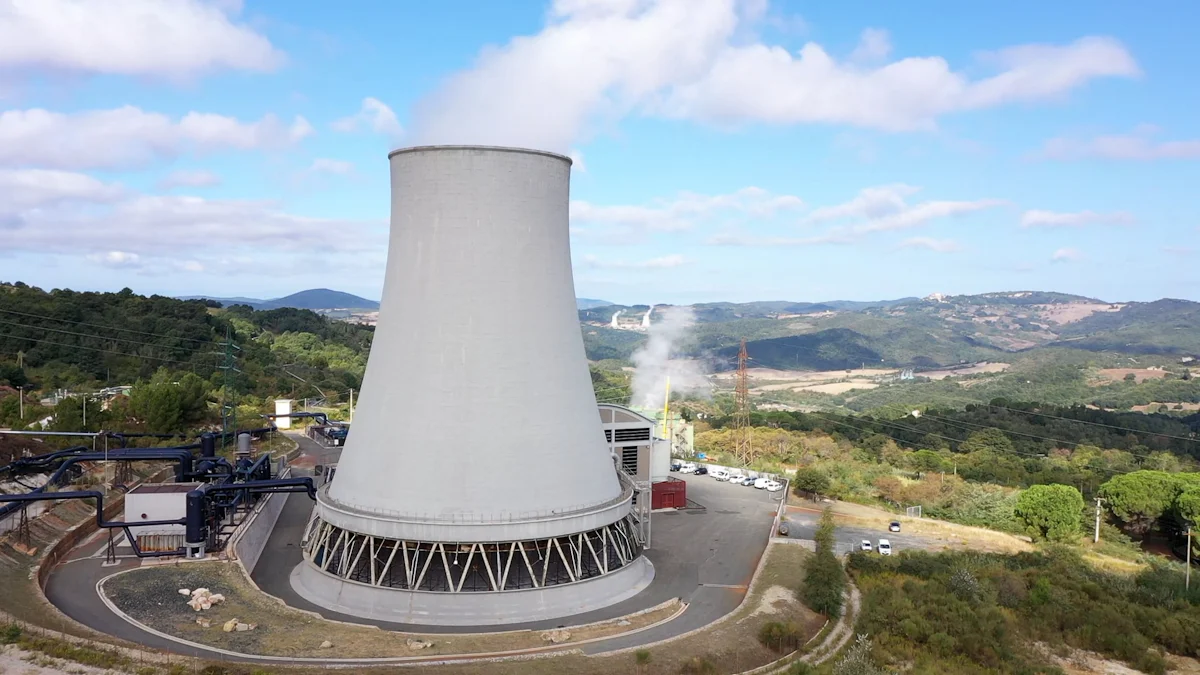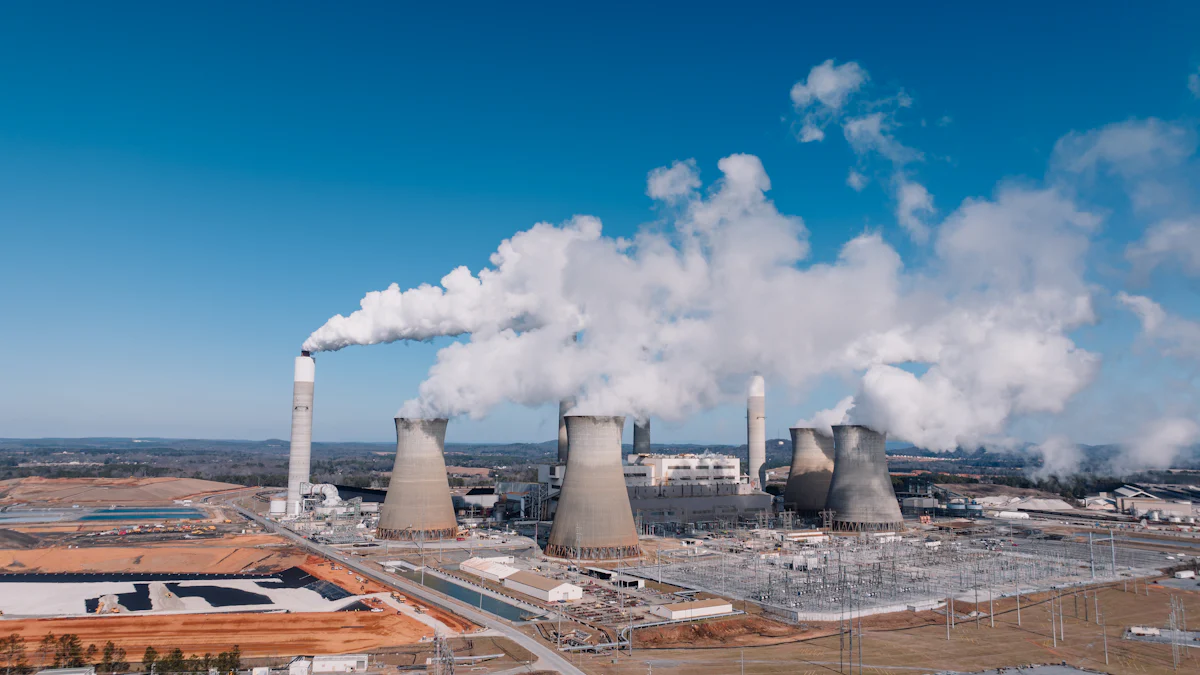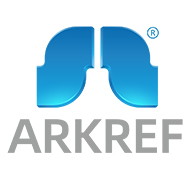Understanding the Advantages of Transcritical CO2 Units

Transcritical CO2 Units revolutionize modern refrigeration systems. You benefit from their eco-friendly nature, as they use CO2, a refrigerant with a Global Warming Potential of just 1. These units excel in energy efficiency, saving up to 19% on energy costs compared to traditional R404A systems. This translates to significant savings, like the €6,800 ($7,447) saved by Sagat in 2022. With a cooling capacity of 260kW, these units offer robust performance. Their design supports sustainability, making them a smart choice for those prioritizing environmental responsibility.
Overview of Transcritical CO2 Unit Technology
Basic Principles of Transcritical CO2 Unit
Definition and operation
You might wonder what makes a Transcritical CO2 Unit unique. At its core, this unit uses carbon dioxide (CO2) as a refrigerant, operating above the critical point where CO2 cannot be liquefied by pressure alone. This process allows the unit to efficiently manage heat exchange, making it ideal for various refrigeration needs. The Transcritical CO2 Unit operates across a wide temperature range, from -50°C to +20°C, ensuring versatility in applications from cold storage to air conditioning.
Comparison with traditional systems
When comparing Transcritical CO2 Units to traditional systems, you will notice several advantages. Traditional systems often rely on refrigerants like R404A, which have higher Global Warming Potential (GWP). In contrast, the Transcritical CO2 Unit boasts a GWP of just 1, making it an environmentally friendly choice. Additionally, studies have shown that these units save up to 19% on energy costs compared to R404A systems. This efficiency not only reduces your carbon footprint but also translates into significant cost savings over time.
Historical Development
Evolution of CO2 refrigeration
The journey of CO2 refrigeration dates back to the 19th century. Initially, CO2 was a popular refrigerant due to its non-toxic and non-flammable properties. However, the advent of synthetic refrigerants in the mid-20th century led to a decline in its use. Recently, environmental concerns have revived interest in CO2, leading to the development of Transcritical CO2 Units. These units harness the natural benefits of CO2 while incorporating modern technology to enhance performance and efficiency.
Key milestones in technology advancement
Several key milestones have marked the advancement of Transcritical CO2 Unit technology. In the early 2000s, the first commercial transcritical systems were introduced, paving the way for widespread adoption. Innovations such as booster two-stage supercharging and vapor-vapor ejector systems have significantly improved the Coefficient of Performance (COP), making these units more efficient than ever. As a result, industries worldwide are increasingly adopting Transcritical CO2 Units, recognizing their potential to meet both economic and environmental goals.
Environmental Benefits of Transcritical CO2 Units

Reduced Greenhouse Gas Emissions
Impact on global warming
You play a crucial role in combating global warming by choosing Transcritical CO2 Units. These units use CO2, a refrigerant with a Global Warming Potential (GWP) of just 1, significantly lower than traditional refrigerants like R404A. By opting for this technology, you contribute to reducing greenhouse gas emissions, which helps mitigate the adverse effects of climate change. The eco-friendly nature of CO2 makes it an ideal choice for those who prioritize environmental responsibility.
Regulatory compliance
Regulatory bodies worldwide are tightening restrictions on high-GWP refrigerants. You can stay ahead of these regulations by adopting Transcritical CO2 Units. These units not only meet current standards but also prepare you for future compliance requirements. By aligning with regulatory expectations, you ensure that your operations remain sustainable and legally compliant, avoiding potential fines and penalties.
Energy Efficiency
Performance metrics
Transcritical CO2 Units excel in energy efficiency, offering you substantial savings. These units consume 19% less energy per cubic meter compared to R404A systems. This efficiency translates into lower operational costs and a reduced carbon footprint. The advanced technology used in these units ensures optimal performance across various applications, making them a smart choice for energy-conscious users.
Cost savings and ROI
Investing in Transcritical CO2 Units provides you with significant cost savings and a favorable return on investment (ROI). For instance, Sagat saved €6,800 ($7,447) in 2022 by switching to CO2-based systems. Over a 15-year lifespan, these units prove to be 7.4% cheaper than R404A-based systems. You can expect a return on the additional cost of the CO2 system in approximately 4.7 years. This financial advantage, coupled with environmental benefits, makes Transcritical CO2 Units a compelling option for modern refrigeration needs.
Applications and Use Cases

Commercial Refrigeration
Supermarkets and Retail
You find Transcritical CO2 Units increasingly popular in supermarkets and retail environments. These units provide efficient cooling, ensuring that products remain fresh. A notable example is the E.Leclerc Hypermarket near Lyon, where a transcritical CO2 unit operates successfully. This setup highlights the unit's ability to handle large-scale refrigeration needs while maintaining energy efficiency.
Food Processing Industries
In food processing industries, maintaining precise temperature control is crucial. Transcritical CO2 Units excel in this area, offering reliable performance across various stages of food production. You benefit from their ability to operate efficiently in diverse conditions, ensuring product quality and safety.
Industrial Applications
Cold Storage Facilities
Cold storage facilities require robust and efficient cooling solutions. Transcritical CO2 Units deliver significant energy savings, as demonstrated in a case study where they offered 19% energy cost savings compared to R404A systems. You can rely on these units for consistent performance throughout different seasons, making them an ideal choice for large-scale storage needs.
Manufacturing Processes
In manufacturing processes, precise temperature regulation is essential. Transcritical CO2 Units provide the flexibility and efficiency needed to support various industrial applications. You can customize these units to meet specific requirements, ensuring optimal performance and energy savings in your operations.
Challenges and Future Prospects
Technical Challenges
System Complexity
You might find the complexity of Transcritical CO2 Units daunting. These systems require precise control and monitoring to function optimally. The technology involves advanced components like booster two-stage supercharging and vapor-vapor ejector systems. Understanding these elements is crucial for effective operation. You need to ensure that your team is well-trained to handle these sophisticated systems. This complexity can pose a challenge, especially if you are transitioning from traditional refrigeration systems.
Maintenance Requirements
Maintaining Transcritical CO2 Units demands attention to detail. Regular maintenance is essential to ensure efficiency and longevity. You must schedule routine checks to monitor system performance and address any issues promptly. The unique components of these units may require specialized knowledge and tools. Investing in proper training and resources will help you manage maintenance effectively. By doing so, you can minimize downtime and extend the lifespan of your equipment.
Future Trends
Innovations in CO2 Technology
The future of CO2 technology looks promising. You can expect continuous innovations that enhance performance and efficiency. Researchers are exploring new methods to improve the Coefficient of Performance (COP) of these units. Advances in materials and design will likely lead to more compact and efficient systems. You should stay informed about these developments to leverage the latest technology in your operations. Embracing innovation will keep you ahead in the competitive refrigeration market.
Market Growth and Adoption
The market for Transcritical CO2 Units is expanding rapidly. More industries recognize the environmental and economic benefits of these systems. You will see increased adoption across various sectors, from supermarkets to industrial applications. The demand for eco-friendly solutions drives this growth. As regulations tighten on high-GWP refrigerants, CO2 units become an attractive alternative. By adopting this technology, you position yourself as a leader in sustainability. You contribute to a greener future while enjoying the advantages of modern refrigeration technology.
Transcritical CO2 units offer you numerous advantages. They provide significant cost savings due to their lower energy consumption, using 19% less energy compared to traditional R404A systems. This efficiency translates into noticeable savings, as seen with Sagat's €6,800 ($7,447) annual savings. CO2 serves as a sustainable and future-proof alternative to HFC solutions, making it an excellent choice for environmentally conscious refrigeration systems. As the technology continues to evolve, you can expect even greater performance improvements. Embracing this innovation positions you as a leader in sustainability, encouraging adoption across various industries.
See Also
Exploring the Advantages of CO₂ Transcritical Refrigeration Systems
Discovering the ARKREF CO₂ Transcritical Refrigeration System Innovation
Presenting the Newest ARKREF CO₂ Transcritical Refrigeration System Technology
Investigating the ARKREF CO₂ Initiative: Advances in Transcritical Refrigeration Systems

